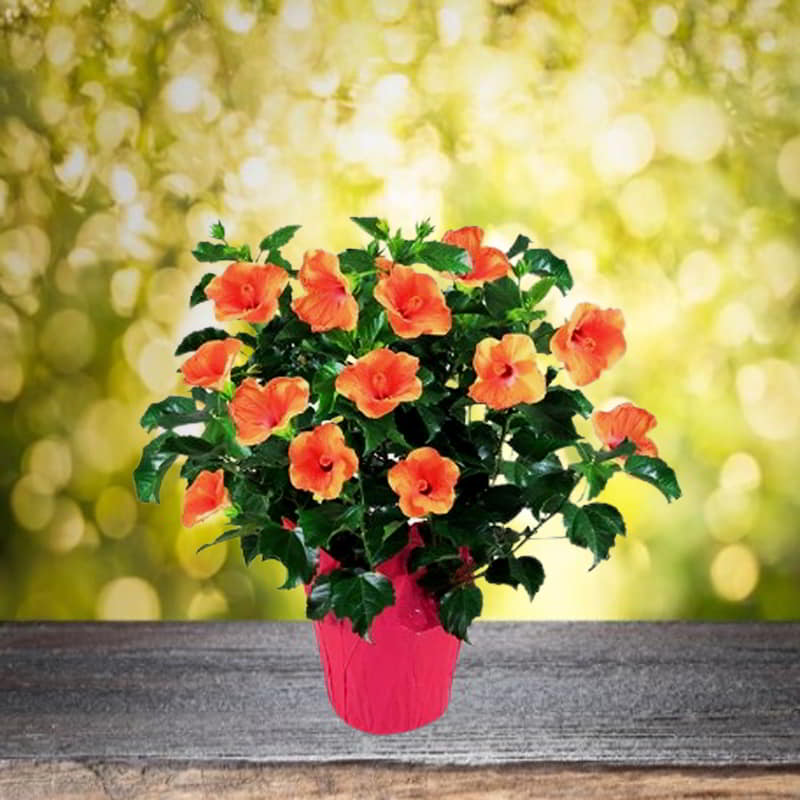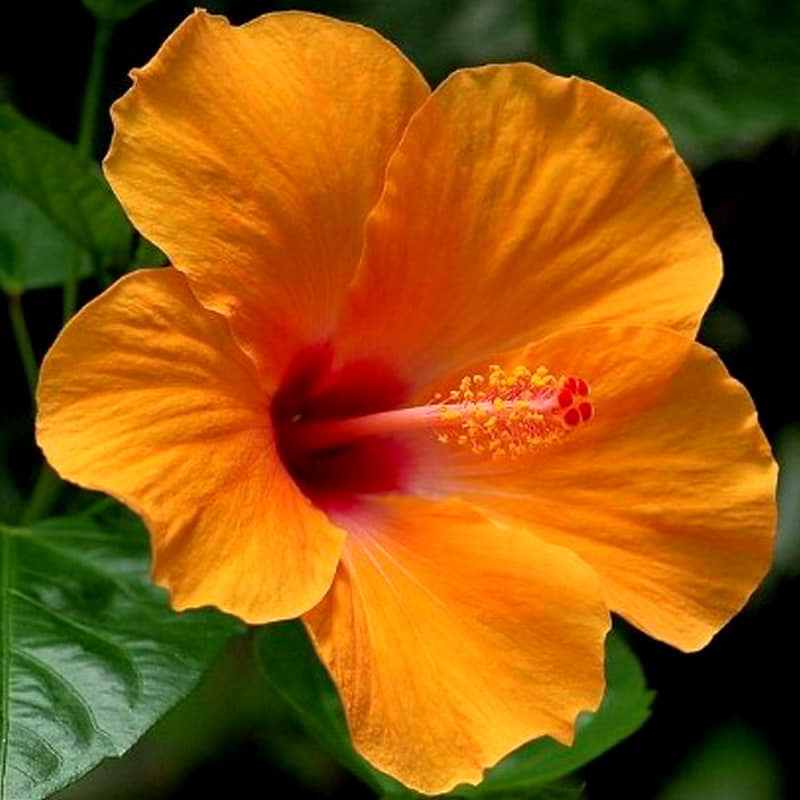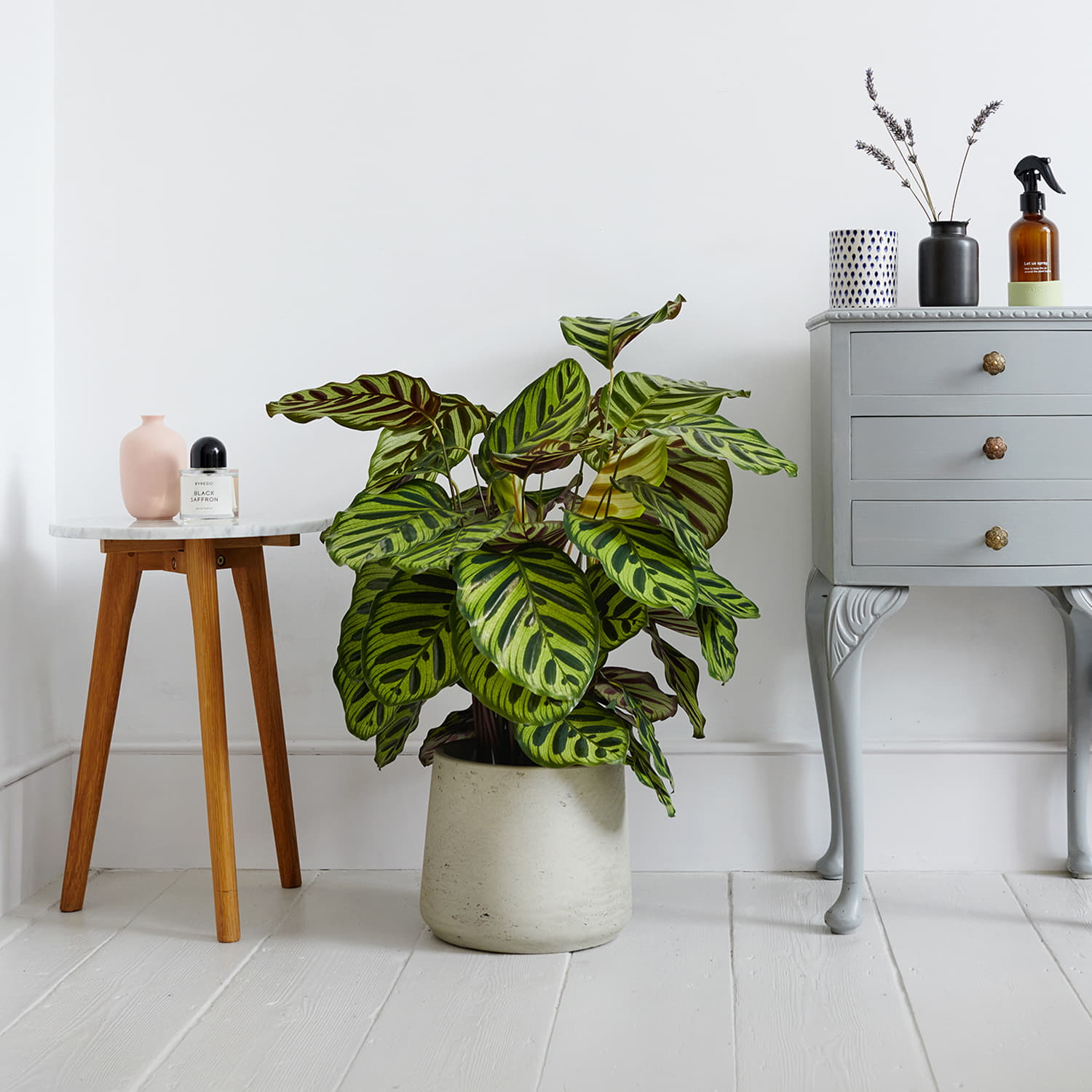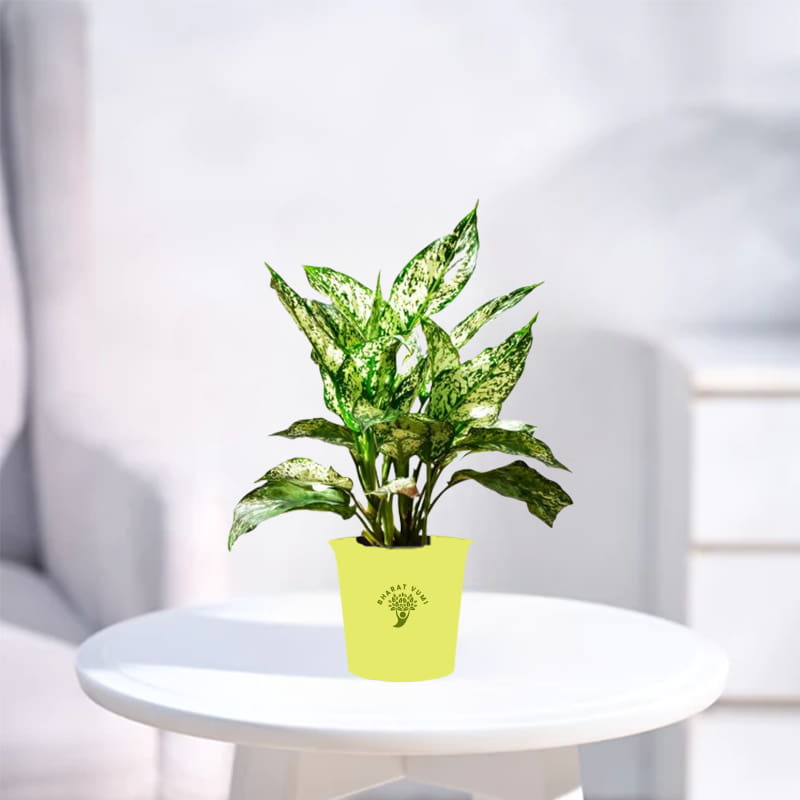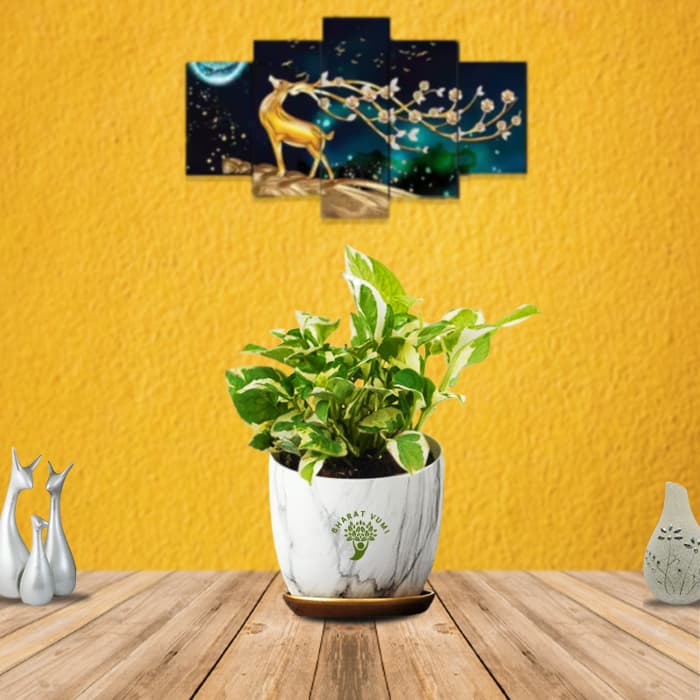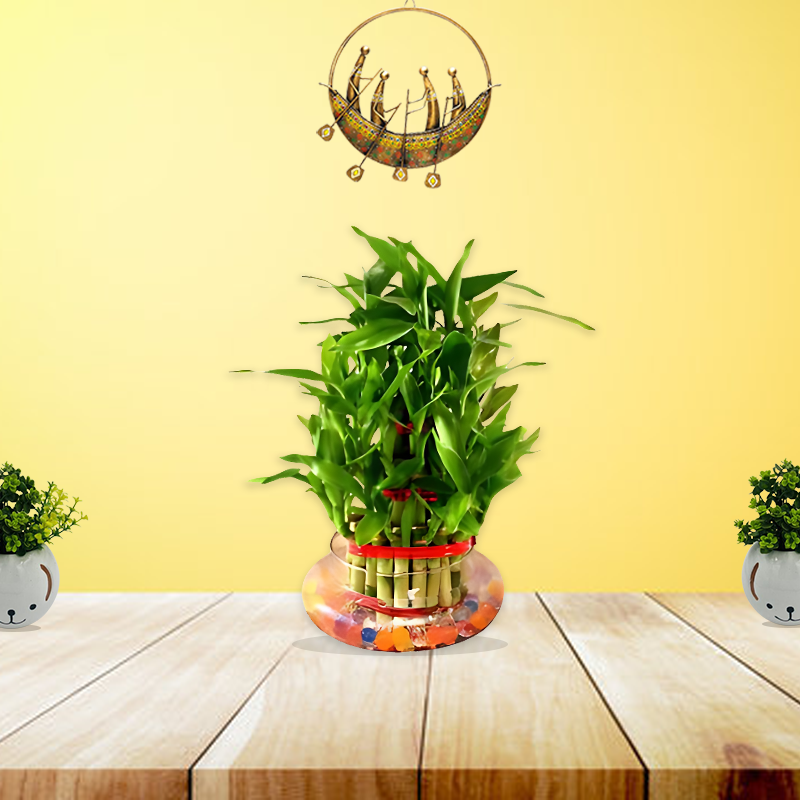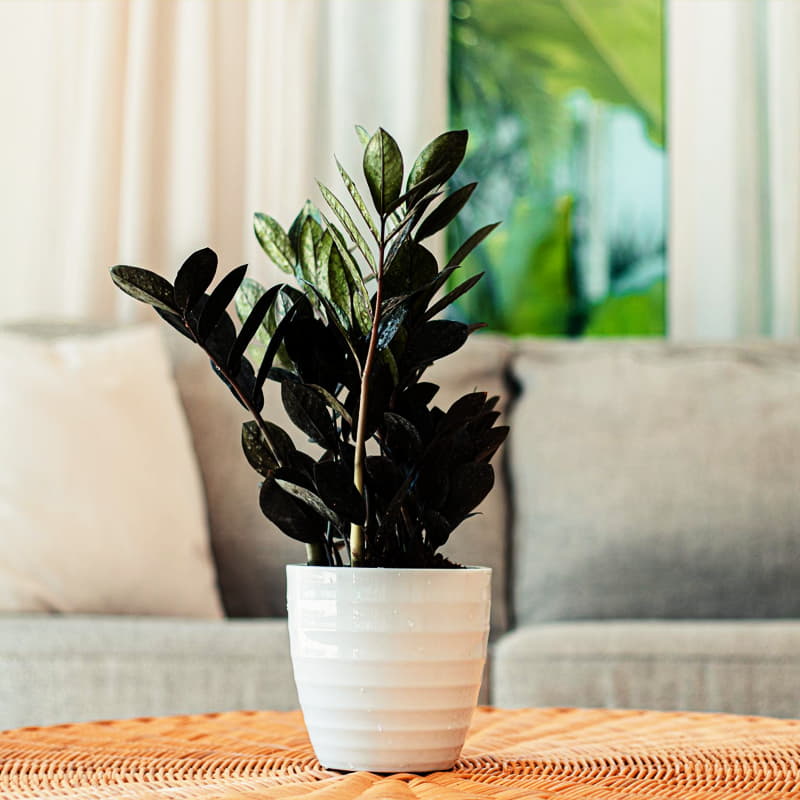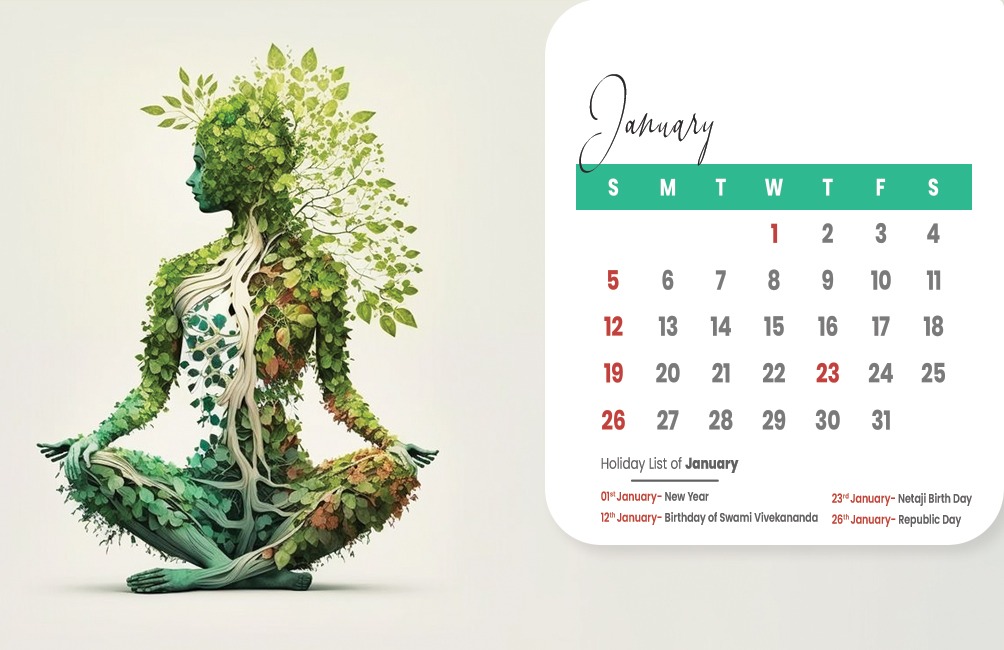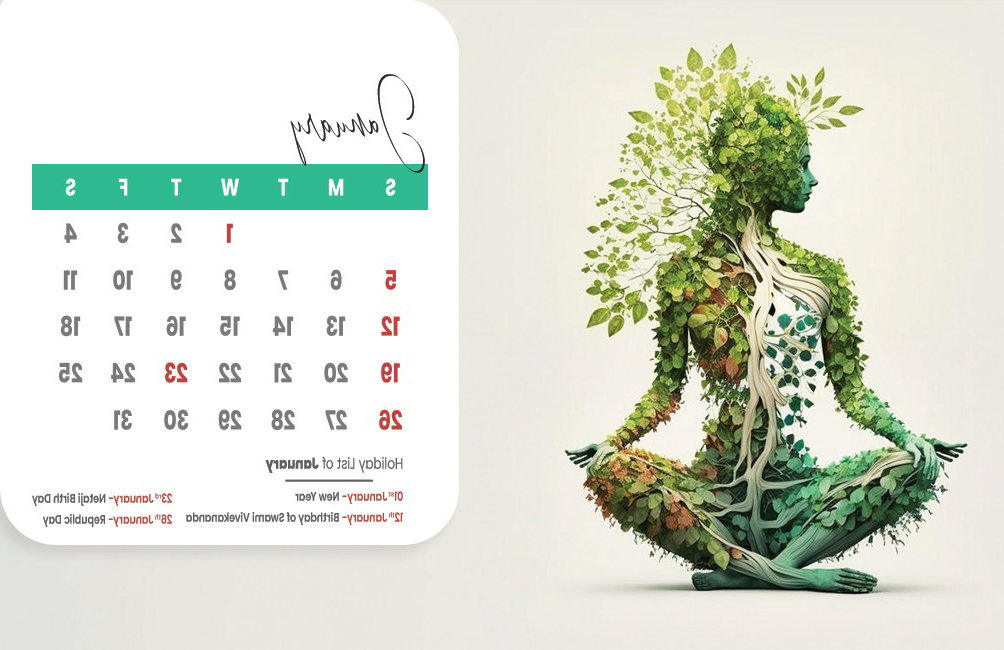Image(s) are for reference. Actual product might vary in some aspects like shape, size etc, from the one given in the image(s). However, we ensure what you get is close to the image(s) and of high quality. Our target is to deliver a healthy and well built plant. So relax after ordering and wait for an excellent delivery from Bharat Vumi that will bring smile on your face.
Package- A healthy Orange Hibiscus Plant (Without Pot)
The Hibiscus plant is a tropical or subtropical flowering shrub known for its large, colorful, and trumpet-shaped flowers. These vibrant blooms come in various shades like red, pink, yellow, or white, and they add a touch of exotic beauty to gardens and landscapes. Hibiscus plants are versatile and can be grown as ornamental shrubs or potted plants, making them a popular choice for their striking appearance and ease of cultivation.
Plant Description:
Common Name: Hibiscus, China rose , Joba etc
Scientific Name: Rosa sinensis
Family: Malvaceae
Origin: Asia, the Pacific Islands, and parts of North America.
Growing Conditions:
1. Soil Requirements: Hibiscus plants thrive in well-draining, slightly acidic to neutral soil. They are adaptable to various soil types but prefer well-prepared garden soil.
2. Watering Requirements: Regular, consistent watering is important to keep the soil evenly moist. Allow the top inch of soil to dry before watering again.
3. Temperature: Hibiscus plants are often grown in warm and tropical climates, but they can also thrive in temperate regions during the growing season. Protect them from frost.
4. Light: They prefer full sun, with at least 6 hours of direct sunlight each day. They can tolerate partial shade but may produce fewer flowers in such conditions.
5. Fertilizer Requirements: During the growing season (spring and summer), you can use a balanced, water-soluble fertilizer to promote flowering and healthy growth.
6. Flowering: Hibiscus plants are renowned for their large, vibrant, and colorful flowers. They produce flowers of various shapes and colors, depending on the species and variety.
7. Important Pests and Diseases: Common pests include aphids, whiteflies, and scale insects. Diseases such as leaf spot and fungal issues can affect hibiscus, especially in humid environments.
8. Pruning: Pruning can help maintain the desired shape, remove dead or diseased branches, and encourage more abundant flowering. It's typically done during the dormant season or early spring.
9. Propagation: Hibiscus plants can be propagated through various methods, including stem cuttings and seeds. Stem cuttings should be taken from healthy branches and rooted in a suitable medium. Growing from seeds is also possible but may take longer to establish new plants compared to cuttings.

